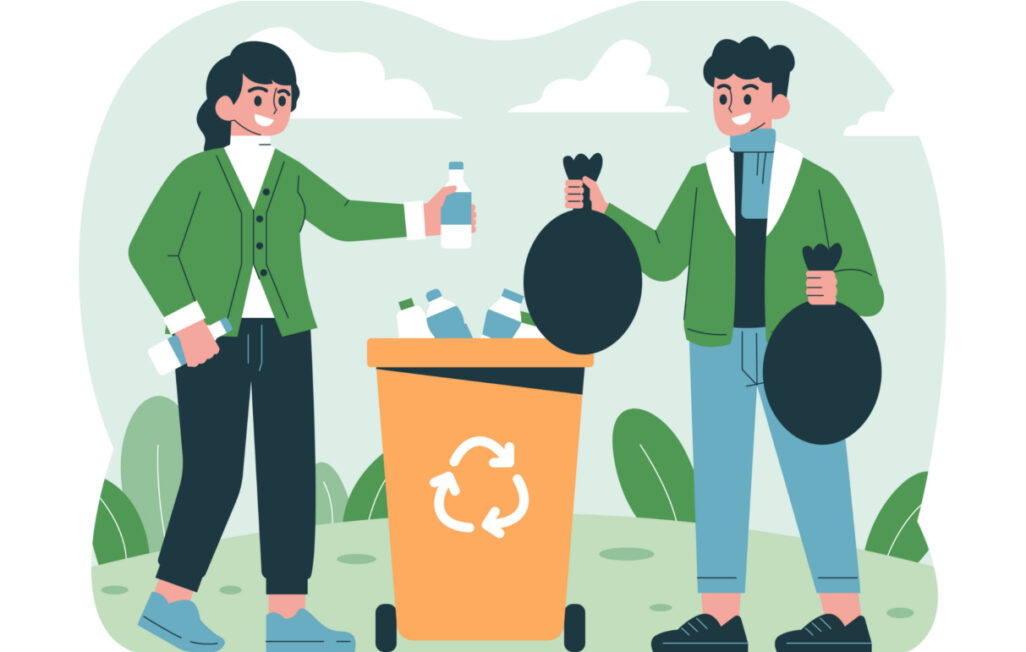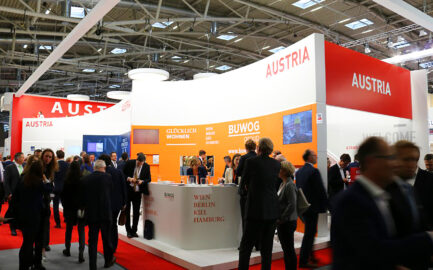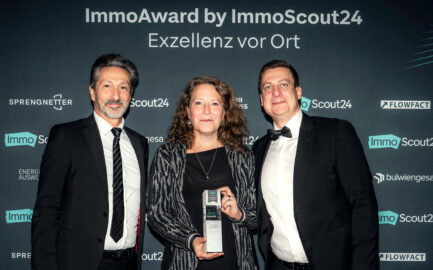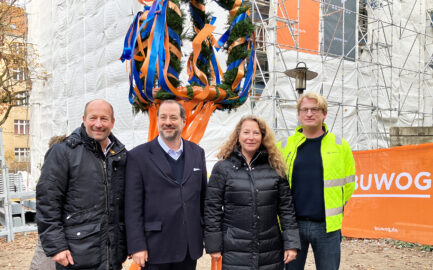21BUWOG property management stands for full support and customer-oriented service for more than 30,000 administrative units in Austria. In the daily activity of managing our properties, we realise that many people are not aware of how to properly separate and dispose of household waste. Why proper waste separation/disposal is important is clear: the correct separation and avoidance of waste reduces unnecessary costs and contributes to the reduction of CO2 emissions. In this blog post, you will find tips on how to avoid waste, and we inform you about current developments in the disposal of household waste.
Waste management guidelines
Among other things, the Austrian Waste Management Act (Abfallwirtschaftsgesetz, AWG) defines sustainability, the protection of people and the environment, and the conservation of natural resources as important guidelines for waste management in Austria. Waste prevention is the top priority in the waste management hierarchy. Avoiding waste slows down the growth of our waste volumes and reduces the harmfulness of waste. This protects our groundwater, conserves energy and raw materials, and therefore contributes actively to climate protection.
Waste-prevention measures include the use of reusable instead of disposable packaging, repairing or renting rather than purchasing new items, and passing on items that are no longer used. It is the responsibility of all of us not only to help prevent waste, but also to dispose of household waste separately.
Further information at
https://www.oesterreich.gv.at/en/themen/bauen_wohnen_und_umwelt/abfall/Seite.3790051.html
Changes to the separation of waste since January 2023
Since the beginning of 2023, all packaging – with the exception of glass and paper – can be collected in the yellow bin or yellow bag. This also applies to plastic packaging. All plastic and other lightweight packaging such as fruit cups, yoghurt pots or bubble wrap should therefore be disposed of in the yellow bin. As before, this also applies to plastic bottles, metal cans and beverage cartons.
Please also note the following:
- Paper packaging goes to wastepaper.
- Glass is separated as white or coloured glass.
- All other packaging is disposed of in the yellow bin or yellow bag.
- Large packaging materials or even polystyrene packaging, such as that used for furniture or televisions, should continue to be disposed of at the rubbish tip/recycling centre.
Additional information concerning the correct separation of any type of waste such as salvage, residual or hazardous waste can be found on the internet for your respective province.
For example, you can find the link for Vienna here (in German): https://www.wien.gv.at/umwelt/ma48/beratung/muelltrennung/
Why should we continue to separate waste?
Progress in recycling has enabled the switch to the new separation system. This means that many packaging materials can already be recycled more effectively. The sorting facilities have also been modernised, which means that the used materials collected in the yellow bin can already be automatically separated into the different materials. This sorted plastic packaging is then converted back into beverage containers or other food packaging, carrier bags, rubbish bins, flowerpots, pipes or vehicle parts and much more. Other areas of recycling include glass, metals, wastepaper and organic waste.
Recycling therefore conserves raw materials and reduces negative environmental impacts as well as the energy consumption required.
What happens to our residual waste?
According to the Landfill Ordinance (Deponieverordnung, DVO), residual waste must undergo thermal or mechanical biological treatment in order to ensure that only waste that is harmless to health and the environment is deposited in landfills. This also prevents chemical reactions at landfill sites that could jeopardise air, soil and water.
Another couple of tips for everyday living
- Materials that can be easily separated should always be separated from each other. One example of this is yoghurt pots: please dispose of aluminium lids, cardboard sleeves and plastic pots separately.
- Plastic caps can remain on plastic bottles.
- It makes sense to squeeze the air out of empty bottles and then screw the cap back on: this saves both space and costs, namely in household waste and in the collection bins.
- All packaging should be empty or nearly emptied. However, washing out is not necessary as the packaging is washed during the recycling process.










